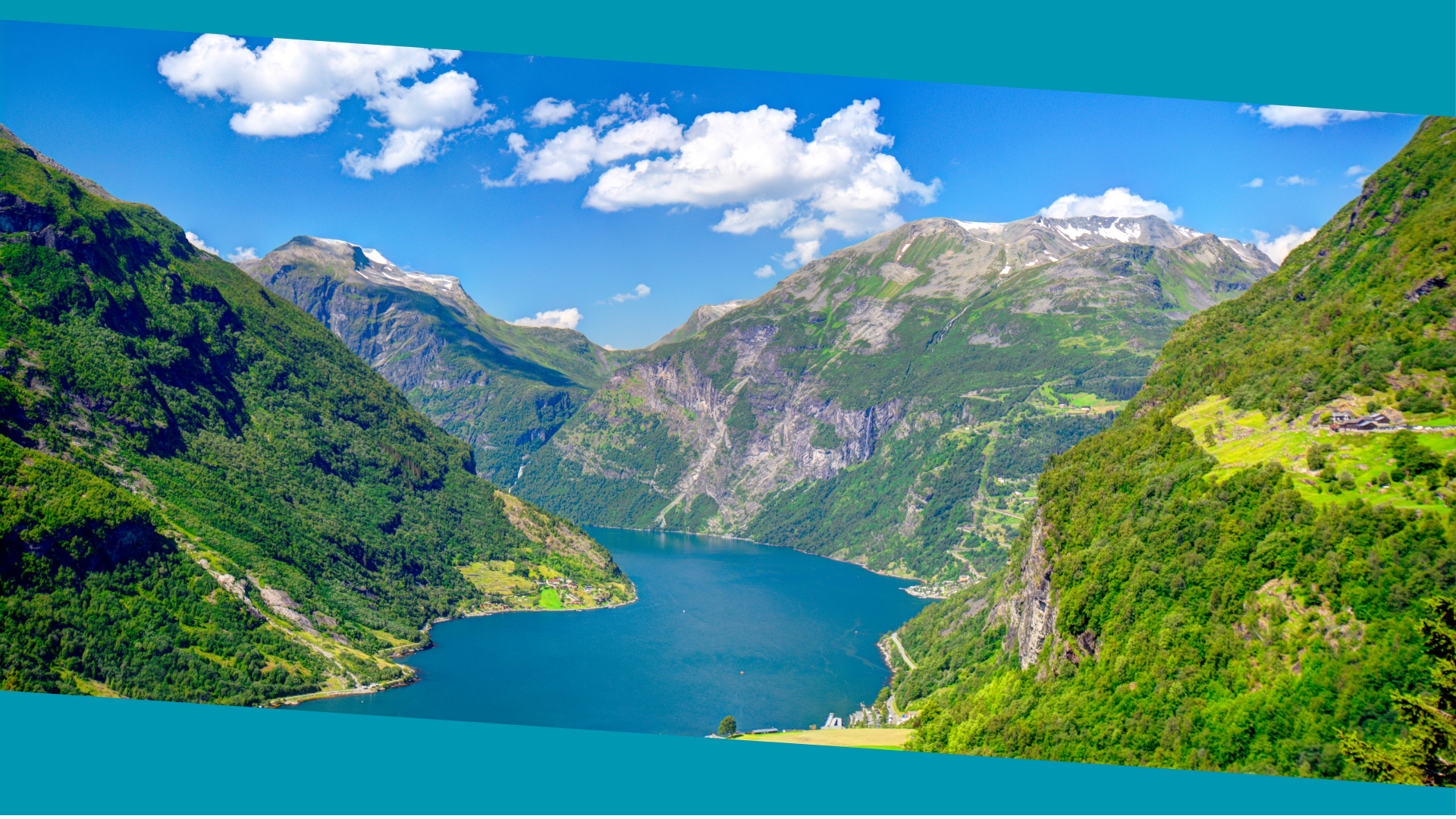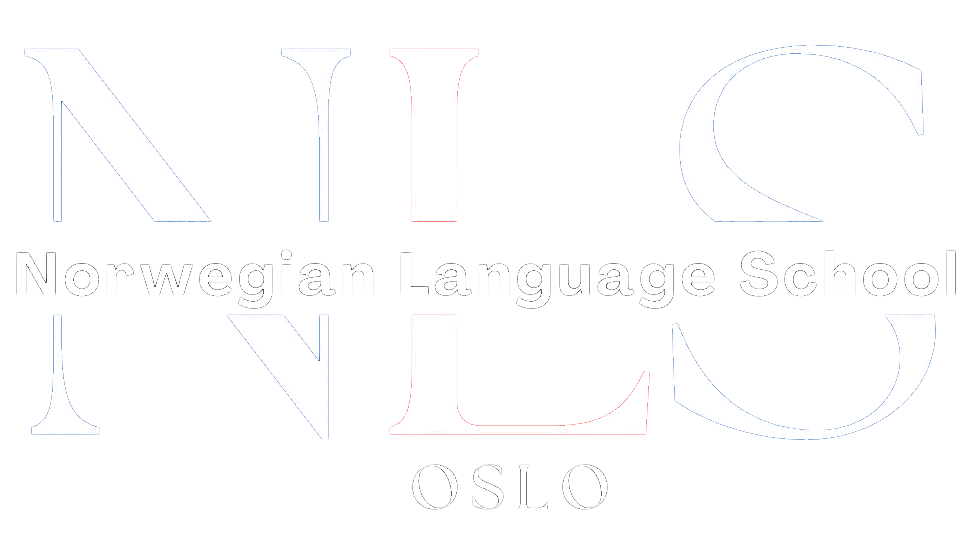Have you ever wondered about the fascinating origins of Norwegian family names? From the rugged landscapes of fjords to the rich cultural heritage, Norway has a wealth of history to explore through its surnames. Whether you’re on a quest to trace your Norwegian ancestry or simply curious about popular Norwegian family names, this comprehensive guide is here to enlighten you.
Table of Contents
ToggleKey Takeaways:
- Uncover the historical and cultural traditions that shape Norwegian family names
- Gain insights into the most common and well-known Norwegian surnames
- Explore the regional variations in Norwegian family names
- Discover practical tips for tracing your Norwegian ancestors
- Learn about notable Norwegian family names and their impact on society
Understanding Norwegian Family Name Traditions
Before diving into the fascinating world of Norwegian family names, it’s crucial to gain an understanding of the unique traditions and customs that shape these surnames. The origins of Norwegian family names are deeply rooted in historical and cultural aspects, reflecting the complex tapestry of Norwegian genealogy and family history.
Norwegian family names often have origins that can be traced back centuries, offering insights into the origins and migration patterns of our ancestors. These names can provide valuable clues for those researching their Norwegian family history.
Fun Fact: Did you know that Norwegian patronyms were commonly used as surnames until the 19th century? Rather than adopting fixed family names, individuals were identified by their relationship to their father. For example, if Lars had a son named Erik, Erik’s surname would be “Larsson.”
To fully grasp the origins of your Norwegian family name, it’s essential to explore the dynamic historical and cultural factors that influenced the formation and evolution of surnames in Norway. These factors can include:
- The influence of Norse mythology and folklore
- The impact of Viking exploration and settlement
- The transition from patronyms to fixed family names
- The influence of neighboring countries
Tips for Researching Your Norwegian Family History
If you’re eager to uncover your Norwegian roots and delve deeper into your family’s heritage, consider utilizing the following resources and tips:
- Start with what you know: Begin your research by gathering information from your immediate family members, such as names, birthplaces, and significant dates.
- Consult historical records: Accessing birth, marriage, and death records, as well as census data and church registers, can provide valuable insights into your family’s history.
- Use online genealogical databases: Websites like MyHeritage, Ancestry, and FamilySearch offer expansive collections of Norwegian historical records and family trees.
- Connect with local genealogical societies: Engaging with Norwegian genealogical societies or local historical societies can help connect you with expert resources and fellow researchers.
- Consider DNA testing: DNA tests can provide further insights into your genetic ancestry and potential connections to distant relatives.
By exploring these resources and following these tips, you can embark on a fulfilling journey to uncover the fascinating history behind your Norwegian family name and gain a deeper understanding of your heritage.
Continue reading to discover some of the most common and well-known Norwegian family names in our next section.
Popular Norwegian Family Names
Norway is home to a wide range of popular and well-known family names, each with its own unique history and significance. These names reflect the rich cultural heritage and regional diversity found within the country. By exploring popular Norwegian family names, we can gain valuable insights into the ancestry and cultural traditions of different regions in Norway.
Let’s take a closer look at some of the most common and beloved Norwegian family names:
- Berg: Derived from the Old Norse word for “mountain,” this name is often associated with families from mountainous regions and represents a connection to the rugged beauty of Norway’s landscapes.
- Hansen: One of the most prevalent surnames in Norway, Hansen derives from the given name Hans and signifies “son of Hans.” It is often found in coastal areas and reflects the importance of the sea in Norwegian history and culture.
- Olson: Derived from the given name Ole, Olson indicates “son of Ole” and is one of the most common surnames in Norway. It implies a connection to ancient Norse and Viking roots.
- Larsen: With its roots in the given name Lars, Larsen signifies “son of Lars.” This surname is found throughout various regions of Norway and has historical ties to Norse mythology.
- Andersen: Derived from the given name Anders, Andersen represents “son of Anders” and is another widely spread surname in Norway. It showcases the prevalence of Scandinavian naming traditions within the country.
These are just a few examples of popular Norwegian family names. It’s important to note that family names can vary greatly by region, reflecting the unique history and cultural influences of each area. Now, let’s explore some regional variations in Norwegian family names.
| Region | Popular Family Names |
|---|---|
| Western Norway | Berg, Hansen, Solberg |
| Eastern Norway | Olson, Larsen, Johansen |
| Northern Norway | Andersen, Nilsen, Olsen |
| Southern Norway | Pettersen, Kristiansen, Olsen |
As you can see, different regions in Norway have distinct variations in popular family names, influenced by historical factors and local traditions. Exploring these regional variations can provide deeper insights into your own Norwegian ancestry.
Regional Variations in Norwegian Family Names
Norway, a country known for its stunning landscapes and rich cultural heritage, is also home to a diverse range of regional naming traditions. Just as the landscape varies from the fjords of the west to the mountains of the north, so do the surnames across different parts of Norway. Understanding these regional variations can provide valuable insights into your own Norwegian ancestry.
Norwegian Surnames by Region
In Norway, family names often reflect the history and geography of the region. For example, in the coastal regions of Vestlandet and Nordland, you may find surnames related to fishing and maritime activities. These names serve as a reminder of the region’s strong connection to the sea. On the other hand, in the agricultural regions of Østlandet and Rogaland, you may come across surnames that are associated with farming and the land.
“I come from Telemark, a region in southeastern Norway, and many of the surnames in my family tree have ties to the local farming community. It’s fascinating to see how our family name can reflect our ancestors’ way of life.”
Additionally, the indigenous Sami people, who inhabit the northern parts of Norway, have their own distinct naming traditions. Sami family names often include nature-related elements and reflect the close bond between the Sami people and the Arctic environment they call home.
Exploring Regional Naming Customs
To gain a deeper understanding of regional variations in Norwegian family names, it’s helpful to explore local naming customs and traditions. Historical records, local archives, and genealogical societies can provide valuable resources for researching specific regions and their naming patterns.
For example, in the region of Trøndelag, it is common to find patronymic names derived from the father’s first name, such as “Olsen” or “Larsen.” These names indicate a strong connection to the historical practice of using the father’s name as a surname. In contrast, in some parts of Northern Norway, you may find family names derived from the names of farms or places, highlighting the importance of the local landscape on individuals’ identities.
Summary of Regional Variations
To summarize, Norwegian family names exhibit diverse regional variations that reflect the unique history, geography, and cultural traditions of each area. By understanding the naming patterns of different regions, you can gain valuable insights into your own Norwegian ancestry and the lives of your ancestors.
| Region | Characteristics |
|---|---|
| Vestlandet and Nordland (Coastal Regions) | Surnames related to fishing and maritime activities |
| Østlandet and Rogaland (Agricultural Regions) | Surnames associated with farming and the land |
| Sami Region (Northern Parts) | Nature-related surnames reflecting the Sami people’s close bond with the Arctic environment |
| Trøndelag | Common use of patronymic names derived from the father’s first name |
| Northern Norway | Family names derived from the names of farms or places |
By exploring these regional variations in Norwegian family names, you can gain a deeper appreciation for the diverse cultural tapestry that has shaped the Norwegian identity throughout history.
Tracing Your Norwegian Ancestors
If you’re fascinated by your Norwegian heritage and want to discover more about your ancestors, this section is for you. We’ll provide valuable tips and techniques for finding your Norwegian roots and researching your family names.
Online Resources
The internet is a goldmine of information when it comes to tracing your Norwegian ancestors. Here are some online resources to help you get started:
- Digitalarkivet: This online archive, maintained by the National Archives of Norway, offers a wealth of digitized records, including census data, church books, and probate records. It’s an invaluable resource for researching Norwegian family names and tracing your lineage.
- FamilySearch: This free genealogy website provides access to a vast collection of records from around the world, including Norway. You can search for your Norwegian ancestors using their collection of birth, marriage, and death records, as well as census data.
- MyHeritage: This popular genealogy platform offers a range of tools and resources to help you explore your family history, including access to Norwegian records and a global community of researchers who can provide valuable insights.
Archives and Genealogical Societies
Aside from online resources, there are also physical archives and genealogical societies that can assist you in your research. These organizations often have knowledgeable staff and extensive collections of records that can help you trace your Norwegian ancestors.
“The Norwegian-American Genealogical Center and Naeseth Library in Madison, Wisconsin, is a fantastic resource for those looking to explore their Norwegian heritage and family names. They have a vast collection of books, documents, and microfilms that can be immensely helpful in your genealogical research.”
Tips and Techniques
Here are some tips to keep in mind as you embark on your journey to find your Norwegian ancestors:
- Start with what you know: Begin your research by gathering information from your immediate family members. Look for old documents, letters, and photo albums that may contain valuable clues about your Norwegian ancestors.
- Look for name variations: Family names can be spelled differently over time or due to migration. Be open to alternative spellings and variations of your family name.
- Explore local history: Learn about the history of the area in Norway where your ancestors come from. This can provide insights into their lives and help you understand the context in which they lived.
- Connect with others: Join online forums and genealogy groups focused on Norwegian ancestry. Networking with fellow researchers can lead to valuable collaborations and shared knowledge.
By utilizing online resources, connecting with archives and genealogical societies, and employing effective research techniques, you’ll be on your way to unraveling the mysteries of your Norwegian heritage and discovering more about your family names.
Notable Norwegian Family Names
Norwegian surnames have played a significant role in shaping the history, arts, and sciences of Norway. Throughout the centuries, several notable individuals with popular Norwegian family names have left an indelible mark on the country and its society.
The Ibsen Family: Pioneers of Norwegian Literature
The Ibsen family is synonymous with Norwegian literature, with playwright Henrik Ibsen being the most renowned member. His works, such as “A Doll’s House” and “Peer Gynt,” have had a profound influence on modern drama and have been translated into numerous languages. Today, the Ibsen name is a symbol of artistic excellence and innovation.
The Griegs: Musical Maestros
The Grieg family is woven into the fabric of Norwegian music. Composer Edvard Grieg, known for his lyrical compositions, captured the essence of Norway in his works, including the iconic “Peer Gynt Suite.” His family’s passion for music continues to inspire generations of artists and musicians.
The Munchs: Masters of Expressionism
The Munch family boasts the iconic Norwegian painter, Edvard Munch. His evocative masterpiece, “The Scream,” is a symbol of the Expressionist movement and an internationally recognized work of art. The Munch family’s artistic contributions have left an everlasting impact on the world of visual arts.
The Nansen Family: Explorers and Statesmen
The Nansen family excelled in both exploration and diplomacy. Fridtjof Nansen, an esteemed explorer, made significant polar expeditions and was awarded the Nobel Peace Prize for his humanitarian work. His descendants continue to contribute to various fields, including politics and international relations.
These are just a few examples of the extraordinary Norwegian family names that have shaped Norway’s history and cultural landscape. Each name represents a unique chapter in Norwegian heritage, reflecting the accomplishments and contributions of these remarkable individuals.
Norwegian Family Names Today
As society progresses and cultures mix, Norwegian family names continue to evolve and reflect the changing times. While traditional Norwegian last names are still widely used, there has been a shift in naming trends in recent years. Let’s explore how Norwegian family names are adapting to the modern era.
Changing Naming Trends
In the past, Norwegian last names were often derived from patronyms or the father’s first name. However, there has been a rise in the use of non-patrilineal surnames, where the last name is passed down from the mother’s side of the family. This change reflects a shift towards gender equality and a recognition of the important role mothers play in family heritage. Additionally, some families are opting for unique or unconventional last names to express their individuality.
Influences from Other Cultures
Norway is a diverse country, with a growing population of immigrants from various cultural backgrounds. This cultural exchange has led to an infusion of new naming traditions. Many families are blending Norwegian and foreign names to create unique last names that honor both their Norwegian roots and their cultural heritage.
Preserving Norwegian Heritage
While there may be changes in naming trends, preserving Norwegian heritage remains an essential aspect of family names. Many families still cherish their traditional Norwegian last names and pass them down through generations. These names serve as a connection to the rich history of Norway and the ancestral roots of the family.
“Norwegian family names are a beautiful reflection of our history and cultural diversity. They not only represent our individual identities but also the collective heritage of our nation.” – Lars Johansen, genealogist.
By preserving and embracing Norwegian family names, individuals contribute to the preservation of national identity and a sense of belonging. Whether through traditional or modern naming practices, Norwegian family names continue to play a vital role in celebrating heritage and ancestral ties.
Conclusion
In conclusion, this guide has provided valuable insights into the world of Norwegian family names. Whether you’re exploring your own Norwegian ancestry or simply fascinated by the origins of these names, understanding the rich history and cultural significance behind Norwegian family names can deepen your connection to your heritage.
By delving into the unique traditions and customs that shape Norwegian surnames, you can gain a deeper understanding of your own family history. Exploring popular Norwegian family names and their meanings can provide insights into the cultural heritage of different regions in Norway.
Tracing your Norwegian ancestors can be an exciting journey, and we’ve provided useful tips and techniques to assist you in your research. From online resources to archives and genealogical societies, there are numerous avenues available to uncover the stories of your Norwegian roots.
Lastly, as Norwegian family names continue to evolve and adapt in modern times, it’s essential to preserve the significance of these names and their connection to Norwegian heritage. So, happy researching and may your exploration of Norwegian family names bring you closer to your ancestral past!








